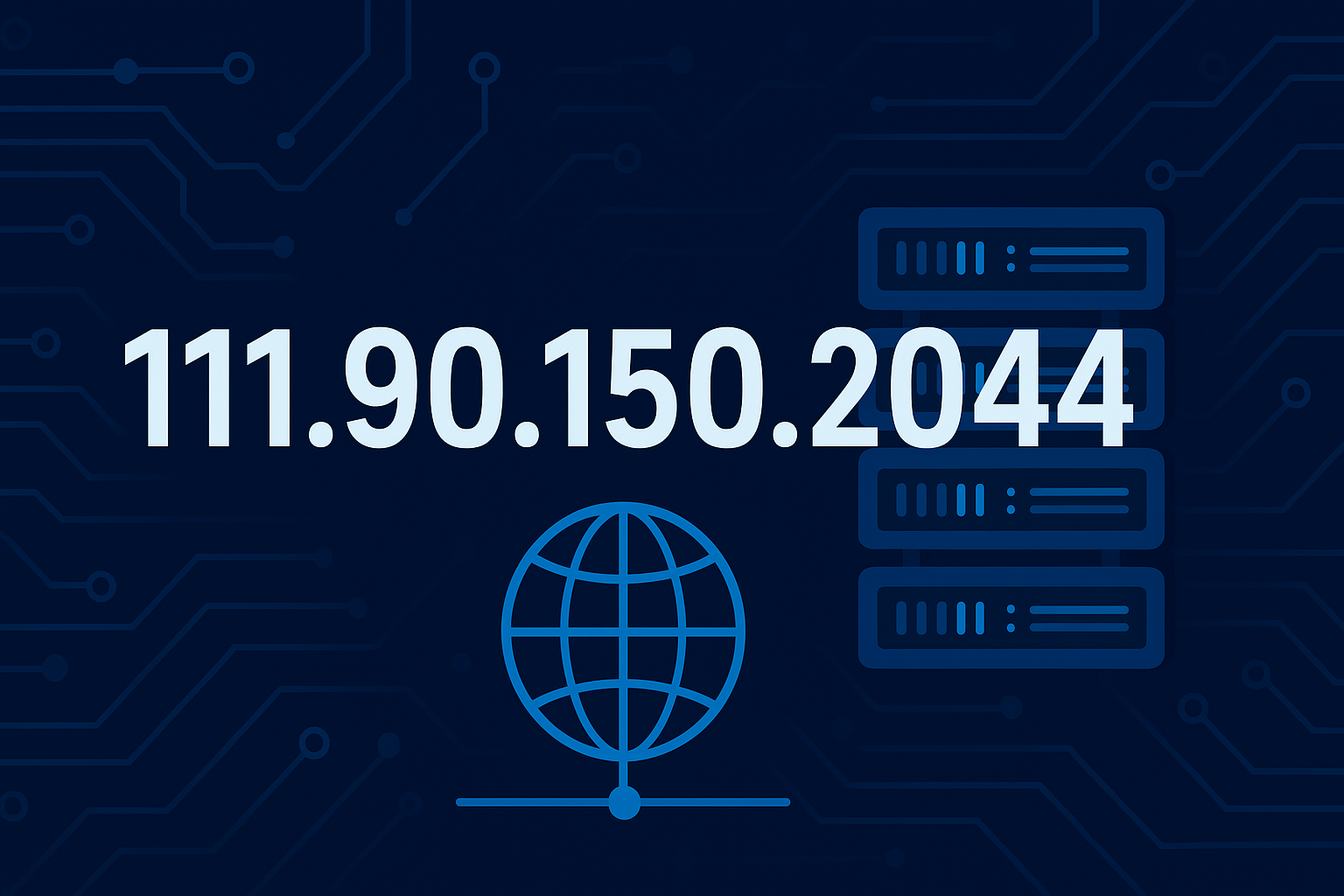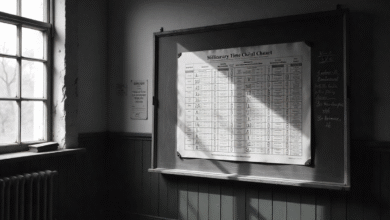The Complete Guide to 111.90.150.2044: Meaning, Uses, and Digital Relevance

In the digital age, numbers and codes are everywhere. From IP addresses to server identifiers, we constantly encounter numeric sequences that appear technical, mysterious, or even confusing. One such example is 111.90.150.2044. At first glance, this may look like a standard IP address, but when studied closely, it reveals some interesting details that go beyond what a normal network number represents. This article explores the meaning, relevance, and possible uses of 111.90.150.2044 in technology, documentation, and digital learning environments.
What is 111.90.150.2044?
To understand 111.90.150.2044, let’s break it down. In networking, an IP address is typically written in four groups of numbers, separated by dots, with each number ranging from 0 to 255. For example, a valid IP address might look like 192.168.0.1.
However, 111.90.150.2044 doesn’t follow this exact rule because the last section, “2044,” goes far beyond the valid range for an IP address. This makes it a non-standard identifier, which means it isn’t used as a real IP address but rather as an example, placeholder, or custom code.
So, when you see 111.90.150.2044, it’s not something that can be typed into a browser to reach a website. Instead, it’s often used in tutorials, documents, or educational content where a number resembling an IP is required.
Why Numbers Like 111.90.150.2044 Are Used
You might be wondering: if it isn’t a real IP address, why would anyone use a number like 111.90.150.2044? The answer lies in how technology education and testing work.
-
Placeholder for Learning
Trainers and educators frequently use example values in their lessons. 111.90.150.2044 is a good example of a number that looks realistic but won’t accidentally point to a real device or server. -
Avoiding Accidents
If real IPs were used in books, guides, or training manuals, people might accidentally connect to live servers. By using non-standard addresses like 111.90.150.2044, such risks are avoided. -
System Testing
Developers often test their applications with mock identifiers. A number like 111.90.150.2044 could appear in test environments as part of a larger dataset. -
Demonstrations in Articles
Many technical blogs use examples like 111.90.150.2044 so readers can follow along without interfering with real-world systems.
The Technical Side of 111.90.150.2044
Even though 111.90.150.2044 isn’t a real IP, it helps us understand how systems identify devices and networks. In computing, unique identifiers are critical for communication.
-
An IP address tells data where to go on the internet.
-
A port number tells the system which application should handle that data.
-
A placeholder identifier like 111.90.150.2044 helps people understand this process without using actual values.
In fact, some developers argue that identifiers like 111.90.150.2044 serve as a bridge between learning concepts and applying them in practice.
111.90.150.2044 in Education
For students of computer science and IT, encountering values like 111.90.150.2044 is common. Professors often use them in:
-
Classroom examples to explain networking principles.
-
Lab exercises where students configure systems with sample data.
-
Assignments and projects that require practice without accessing live networks.
This makes 111.90.150.2044 more than just a number; it’s a teaching tool that simplifies the learning process.
Security Considerations
With cybersecurity becoming more important than ever, unusual identifiers like 111.90.150.2044 must be understood carefully. While they are safe as placeholders, there are some things to keep in mind:
-
Don’t mistake them for real addresses. Entering 111.90.150.2044 into a system won’t connect you to a real server, but confusing it with real data could lead to errors.
-
Hackers sometimes use fake identifiers. Malicious actors may present numbers like 111.90.150.2044 to mislead inexperienced users. Awareness is the best protection.
-
Training environments require caution. Even though identifiers like 111.90.150.2044 are safe, mixing them with real data in cybersecurity labs can create confusion.
In short, treat 111.90.150.2044 as an example only and never assume it represents a live system.
Practical Uses of 111.90.150.2044
Despite not being functional in the traditional sense, 111.90.150.2044 still plays a role in digital environments. Let’s explore its uses:
-
Documentation
Technical writers use it in manuals and online guides as a sample IP. -
Learning Platforms
Online courses in networking or cloud computing often include identifiers like 111.90.150.2044 for demonstration. -
Software Testing
Developers can use mock values such as 111.90.150.2044 while building and testing software. -
Safe Example Sharing
Forums and communities sometimes reference 111.90.150.2044 when explaining how to troubleshoot network issues, since it avoids exposing real IPs.
The Symbolism of Numbers Like 111.90.150.2044
Beyond its technical side, 111.90.150.2044 represents something larger—the importance of symbols and placeholders in our digital world. Just as “John Doe” represents a generic person in legal contexts, numbers like 111.90.150.2044 represent generic data in IT.
This helps professionals talk, teach, and explain without risking sensitive information.
The Future of Identifiers
With the internet expanding, the way we use numbers is changing. The transition to IPv6 addresses—which are far longer and more complex—means sequences like 111.90.150.2044 will continue to serve as simplified placeholders. They allow learners to practice before dealing with real-world complexity.
As AI, cloud computing, and cybersecurity evolve, identifiers like 111.90.150.2044 will remain an essential part of education, testing, and documentation.
Read also: A Complete Guide to ywmlfz 48w cordless: Power, Portability, and Performance
Conclusion
The number 111.90.150.2044 may not be a valid IP address, but it is far from meaningless. Instead, it serves as a safe, useful, and symbolic placeholder in networking, cybersecurity, and software education. From classrooms to online tutorials, it helps learners grasp fundamental concepts without the risks of using live systems.
In the bigger picture, 111.90.150.2044 highlights how technology relies not only on real data but also on examples that guide us toward understanding. As digital systems grow more complex, these placeholder identifiers will continue to play an important role in bridging the gap between theory and practice.



